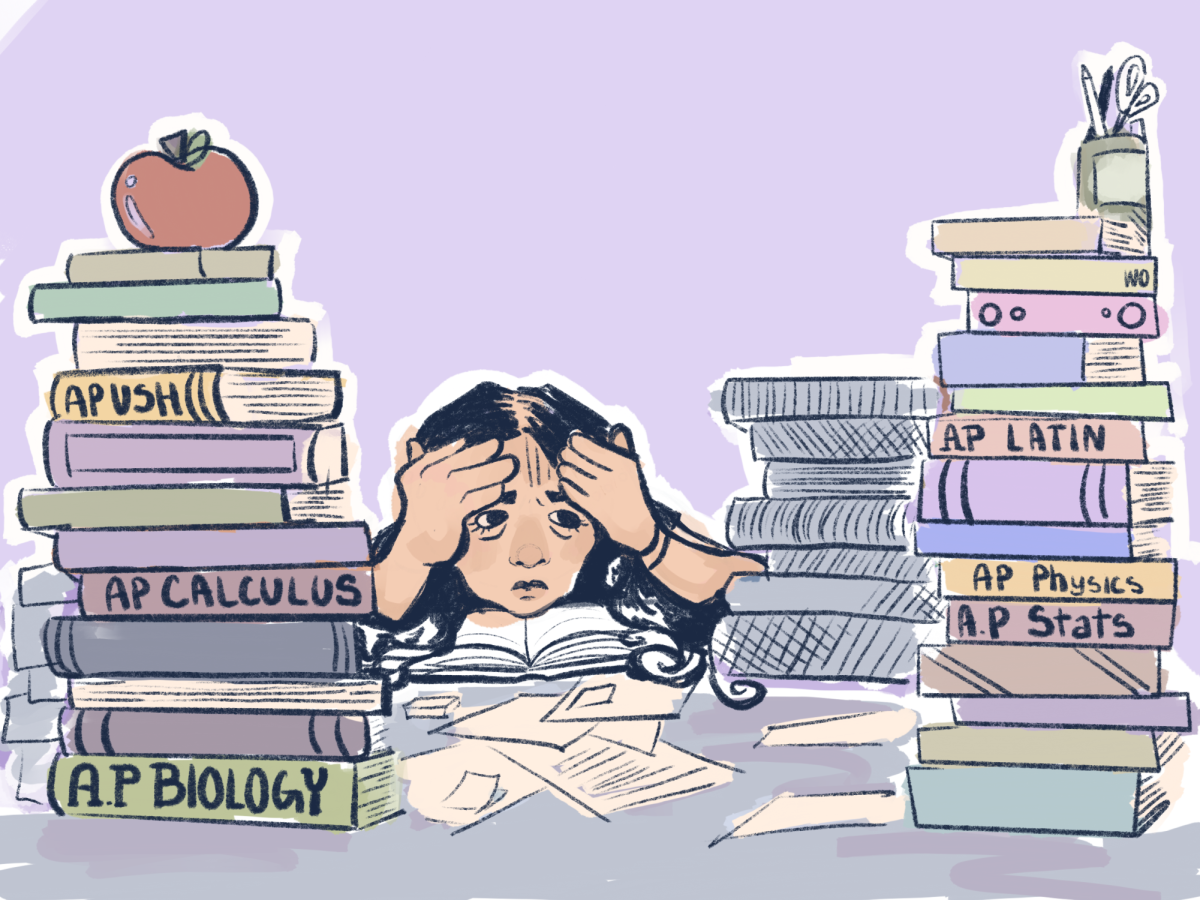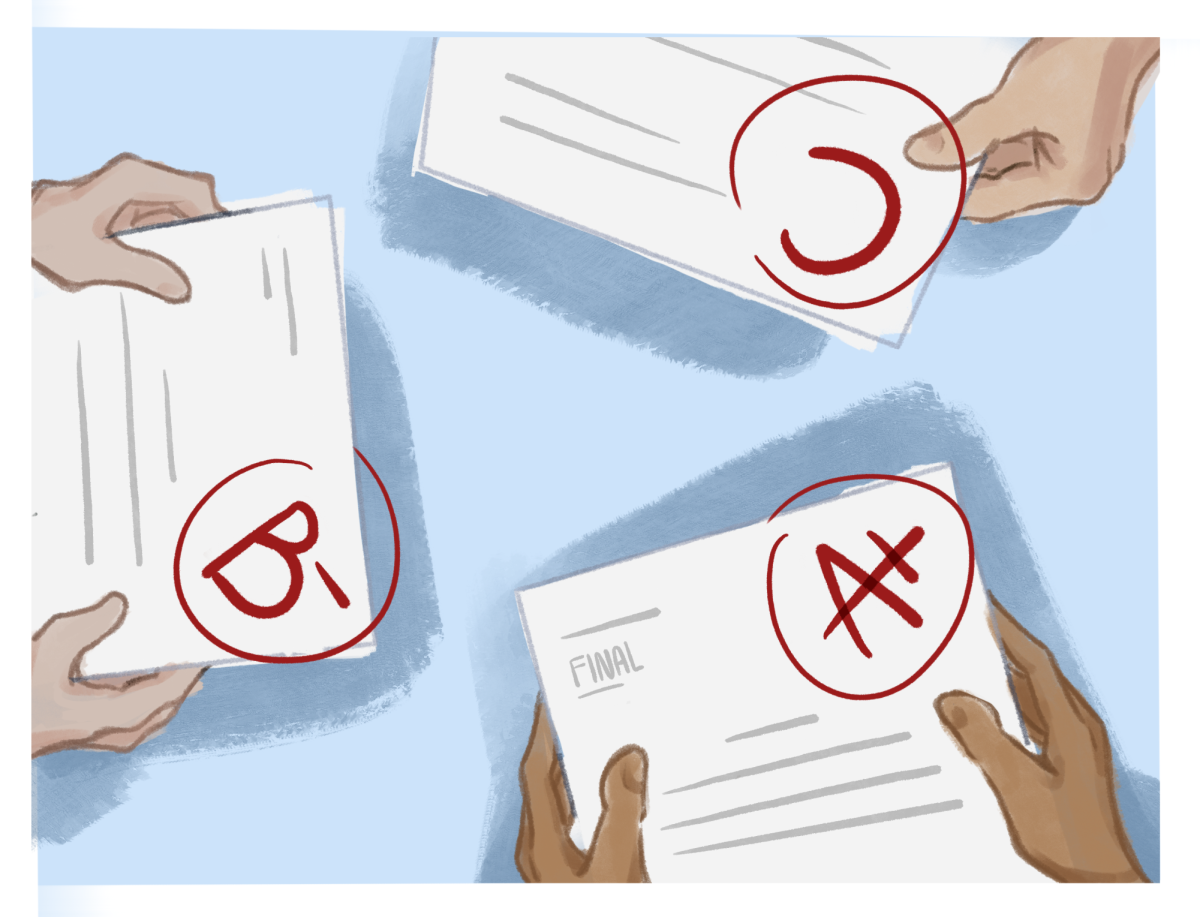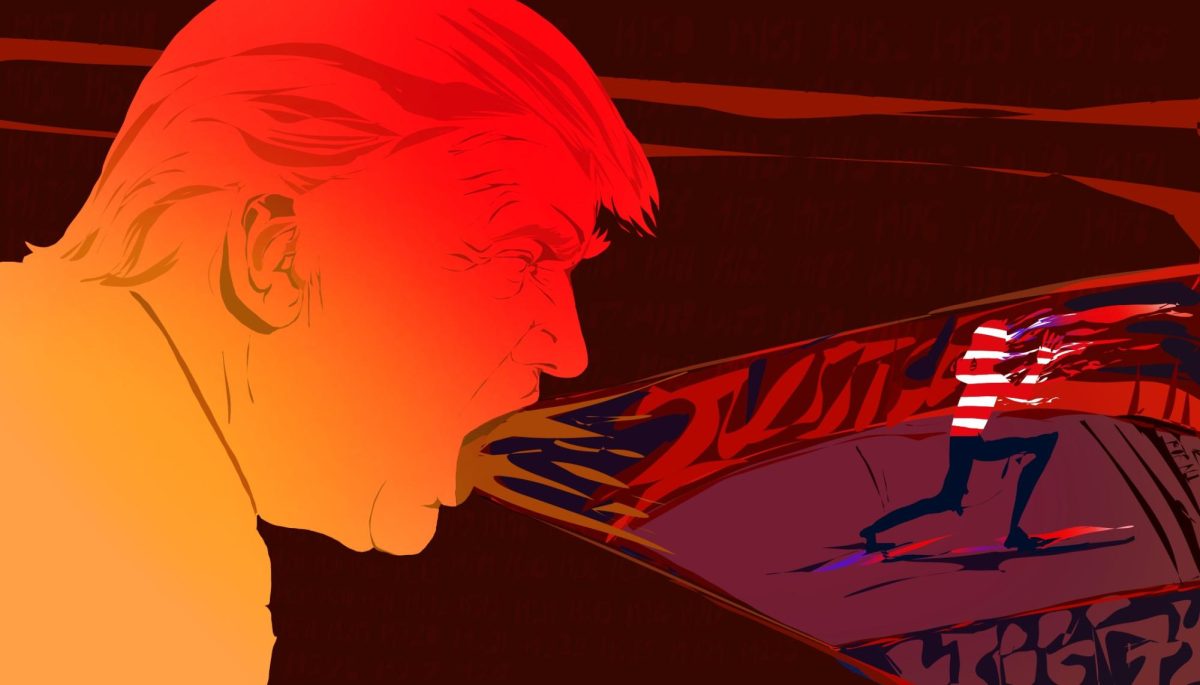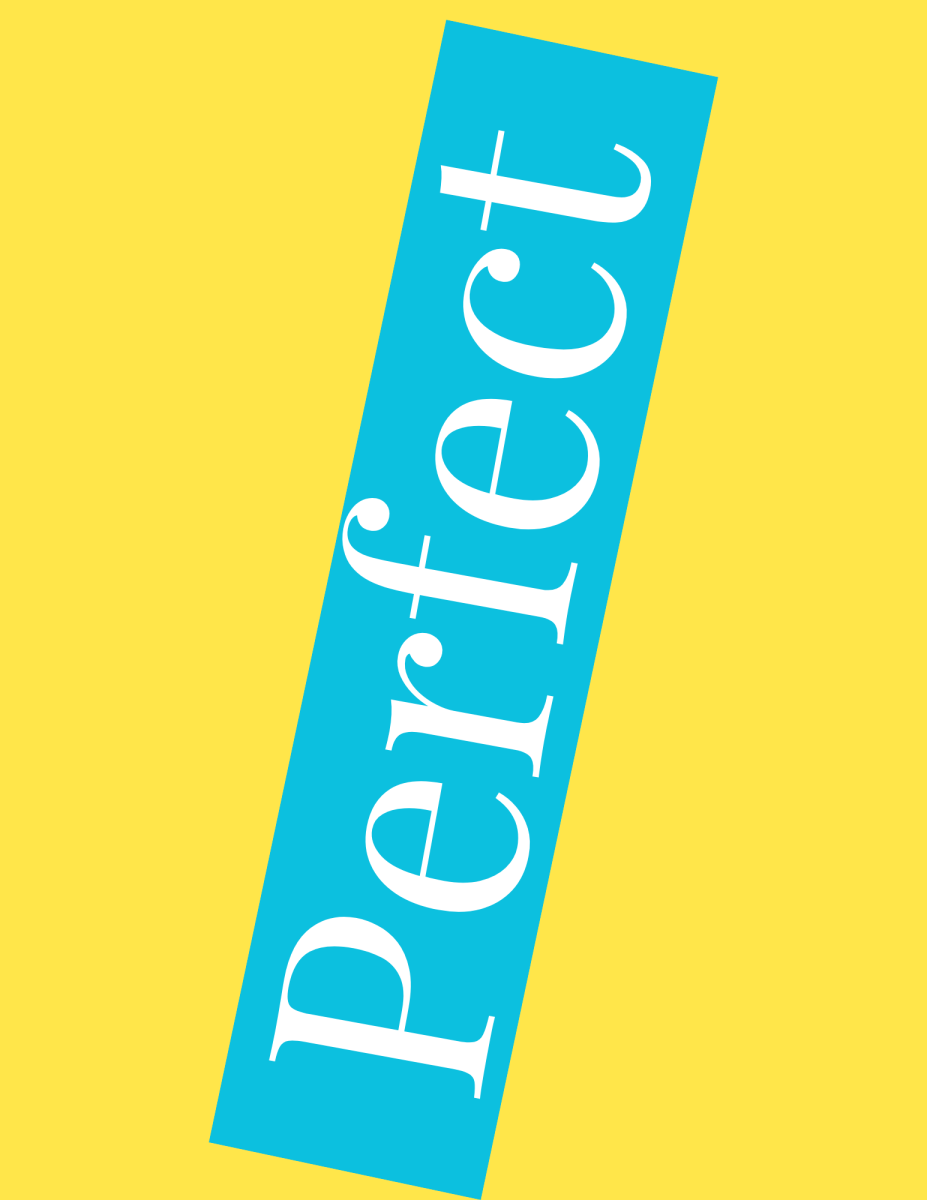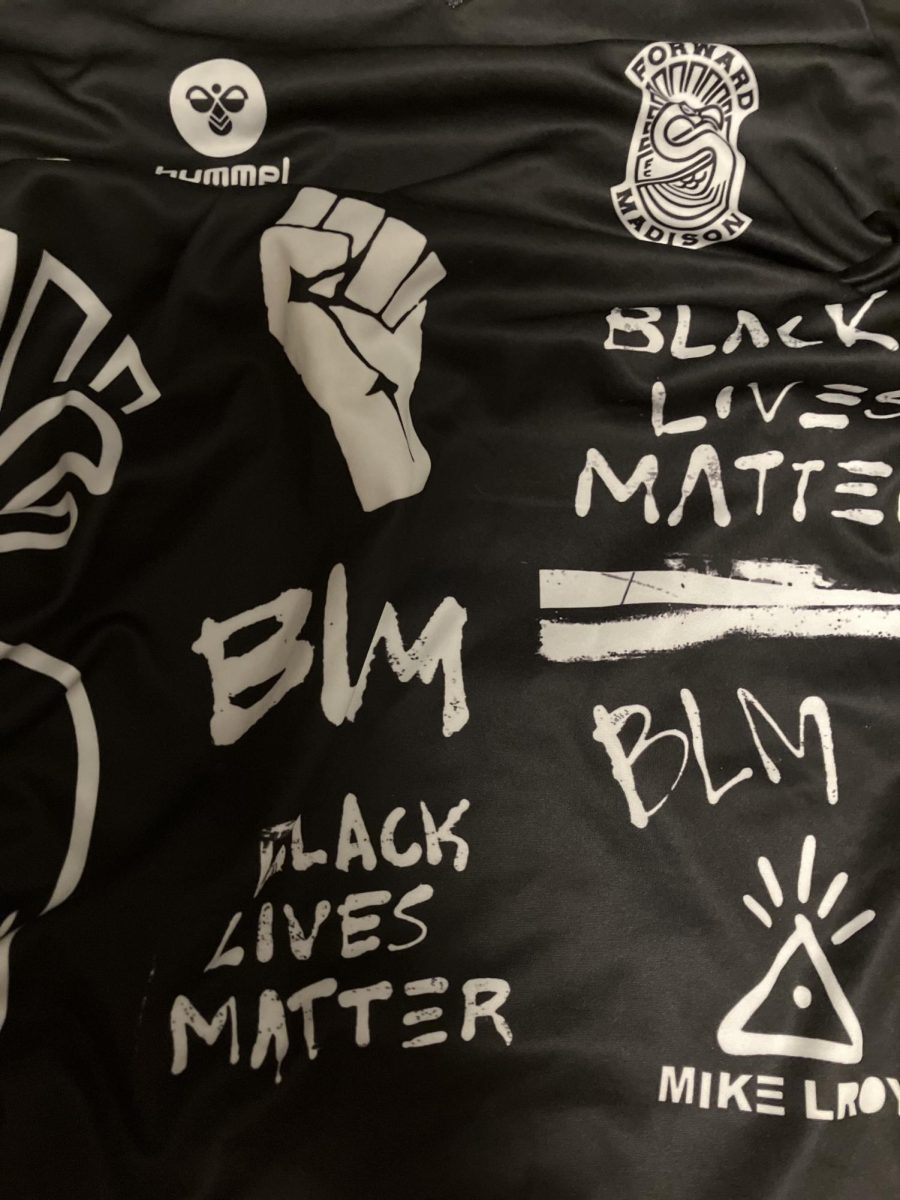To all current seniors and those who will ever be seniors: eventually, you will try to give a gift you simply know will never add up to what you ‘owe.’
It will be to this school. As you and your classmates sit in the senior lounge–or sprawled across a grassy field on your grade retreat–discussing what your gift ought to be, you will realize with a slight sinking feeling in your gut and an overwhelming feeling of gratitude that what you owe is unquantifiable.
So don’t try to pay it back. Instead, pay it forward.
Doubtlessly, there will be good ideas that try to “pay it back.” They will be creative solutions to recognized problems, or heartfelt additions to physical spaces throughout the school. But they will be tangible ‘goodbye gifts,’ and the number of people who can feel their effect will be limited to those who can experience its tangibility on a daily basis (a water-bottle-filling station is nice, but that niceness will only be appreciated by 500 people).
Somewhere in the Class of 2016’s grassy-field-brainstorming session, a voice launched a gift idea of an entirely different shape than all the others. It was one that made it possible to have a never-ending impact on the school community–one that, once given, would literally take on a life of its own.
The Class of 2016 gave the gift of financial aid. They gave the gift of a person.
They enabled someone, or a couple of people, to come here who wouldn’t otherwise be able to, and revel in the same rich array of opportunities and challenges they got to.
The gift of a person is not just generous to the student who receives the financial aid. The Class of 2016 set forth a gift who can walk around the hallways and talk to people, who can laugh and listen and ask, who can give their whole selves to the Drama Club, or Quiz Bowl, or the lacrosse team. This person will leave this place and its people a little more diverse and a little stronger for their having been there.
Better yet, after four years of that, they will take themselves new places and do the same for new people. They will be college students, co-workers, family members, community figures, and citizens.
They will never stop giving. Drinking fountains will.
With this sort of thinking, it’s hard not to look down at your artfully-prepared lunches, or the new chairs in a classroom, and wonder if in place of that object, there out to be a person. If financial aid is so invaluable, why isn’t more money being funneled down that pipe? It should be. The question is one of how much.
There exists a fine line. It’s between continually increasing the quality of a Blake education and increasing the quantity of people to whom one is accessible. A brand-new turf field isn’t necessary, but it does enhance the experience of going to this school for those who play on it and those who admire it from the fan section. Does it accomplish this better than a person might, playing on that field next to their teammates or holding a banner in the stands? Who’s to say?
On that note, might the whole “bang for your buck” thing be better accomplished by sending Blake’s donations to a nearby underfunded public school? Those who think so point to the fact that while we are perfecting our lunch menus for a few hundred, other institutions have both more students and more unmet needs. They might make “better” use of a dollar. But again, who’s to say? As Malcolm Gladwell points out in “My Little Hundred Million,” Episode 6 of his podcast ‘Revisionist History,’ a whole soccer team will only ever be as good as its worst player–no matter how good its star player may be. Think of that soccer field as the local educational field. Make cents?
It isn’t necessarily Blake’s responsibility to donate elsewhere. It makes sense to focus on the number of students at hand and extending its education to others. But ultimately, the question remains of how to distribute funding to ensure the greatest good for the greatest number.
As the senior class collectively brainstorms its gift to the people and place that left a mark on them, they should remember that they too probably left marks on the school–on certain moments, on certain clubs and programs, on certain teachers, friends, acquaintances, and audiences. It’s a two-way street. They can do great things for the school by putting more people in the halls.
To all current seniors and those who will ever be seniors: eventually, you will try to give a gift you simply know will never add up to what you ‘owe.’ So don’t try to pay it back. Instead, pay it forward. The Class of 2016 gave the gift of financial aid. They gave many an experience. They enabled someone, or a couple of people, to come here who wouldn’t otherwise be able to, and revel in the same rich array of opportunities and challenges the Class of 2016 experienced.
The gift of an education at our school is not just generous to the student who receives the financial aid. The Class of 2016 set forth a gift who can walk around the hallways and talk to people, who can laugh and listen and ask, who can give their whole selves to the Drama Club, or Quiz Bowl, or the lacrosse team. This person will leave this place and its people a little more diverse and a little stronger for their having been there.
Better yet, after four years of that, they will take themselves new places and do the same for new people. They will be college students, co-workers, family members, community figures, and citizens. They will never stop giving.
As the Class of 2017 collectively brainstorms its gift to the people and place that left a mark on them, they should remember that they too probably left marks on the school–on certain moments, on certain clubs and programs, on certain teachers, friends, acquaintances, and audiences. It’s a two-way street. They can do great things for the school by putting more people in the halls.


